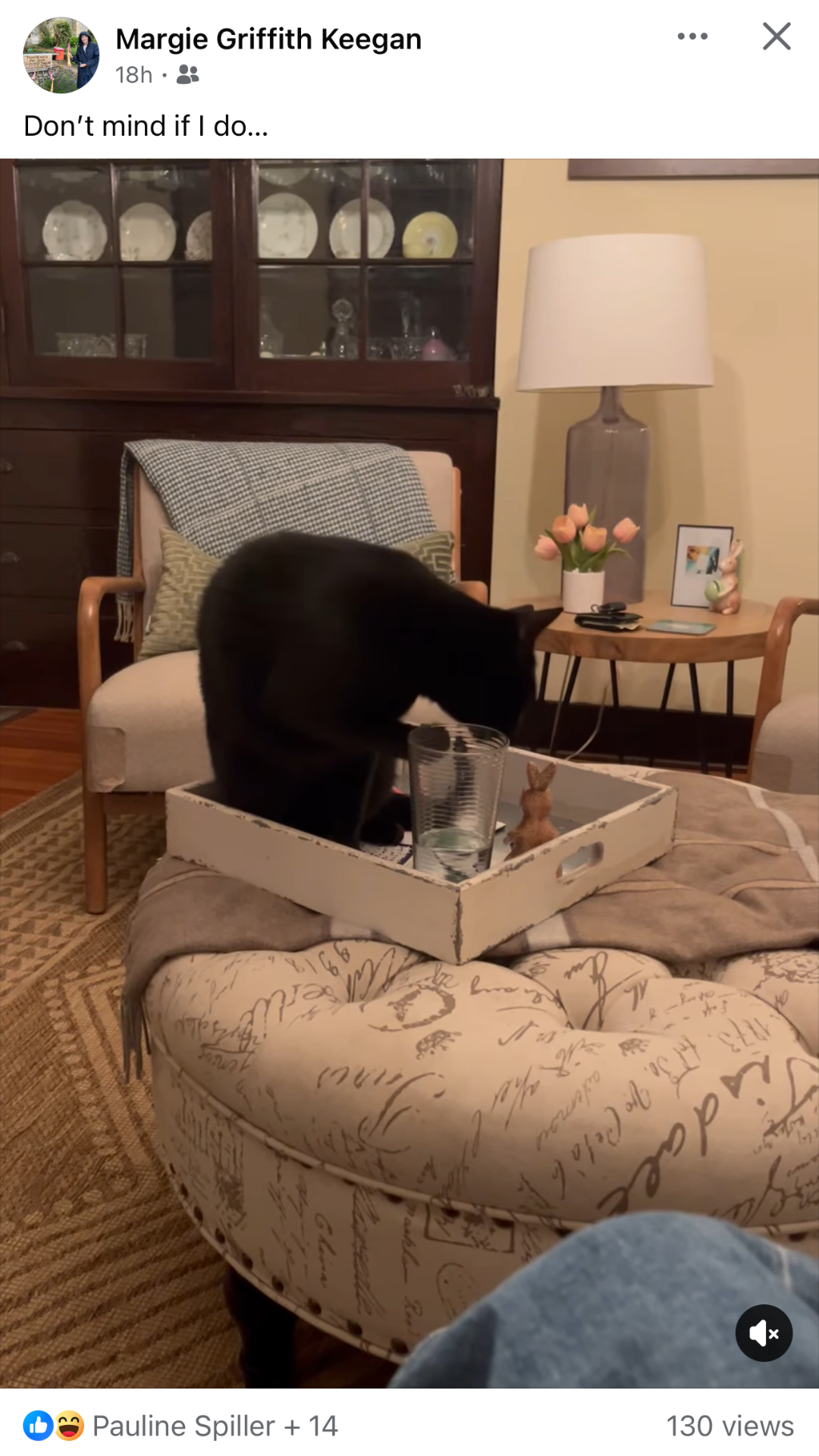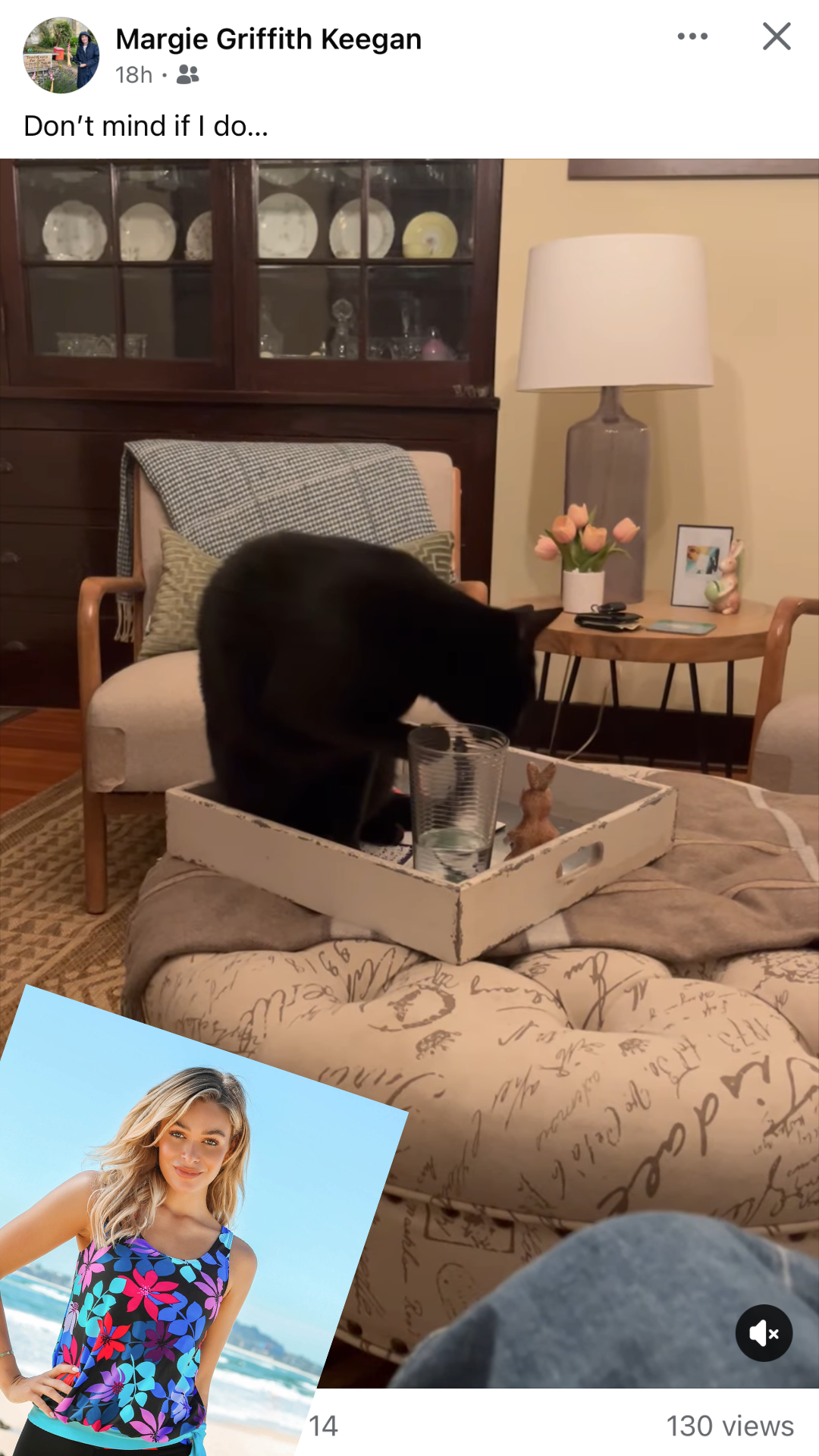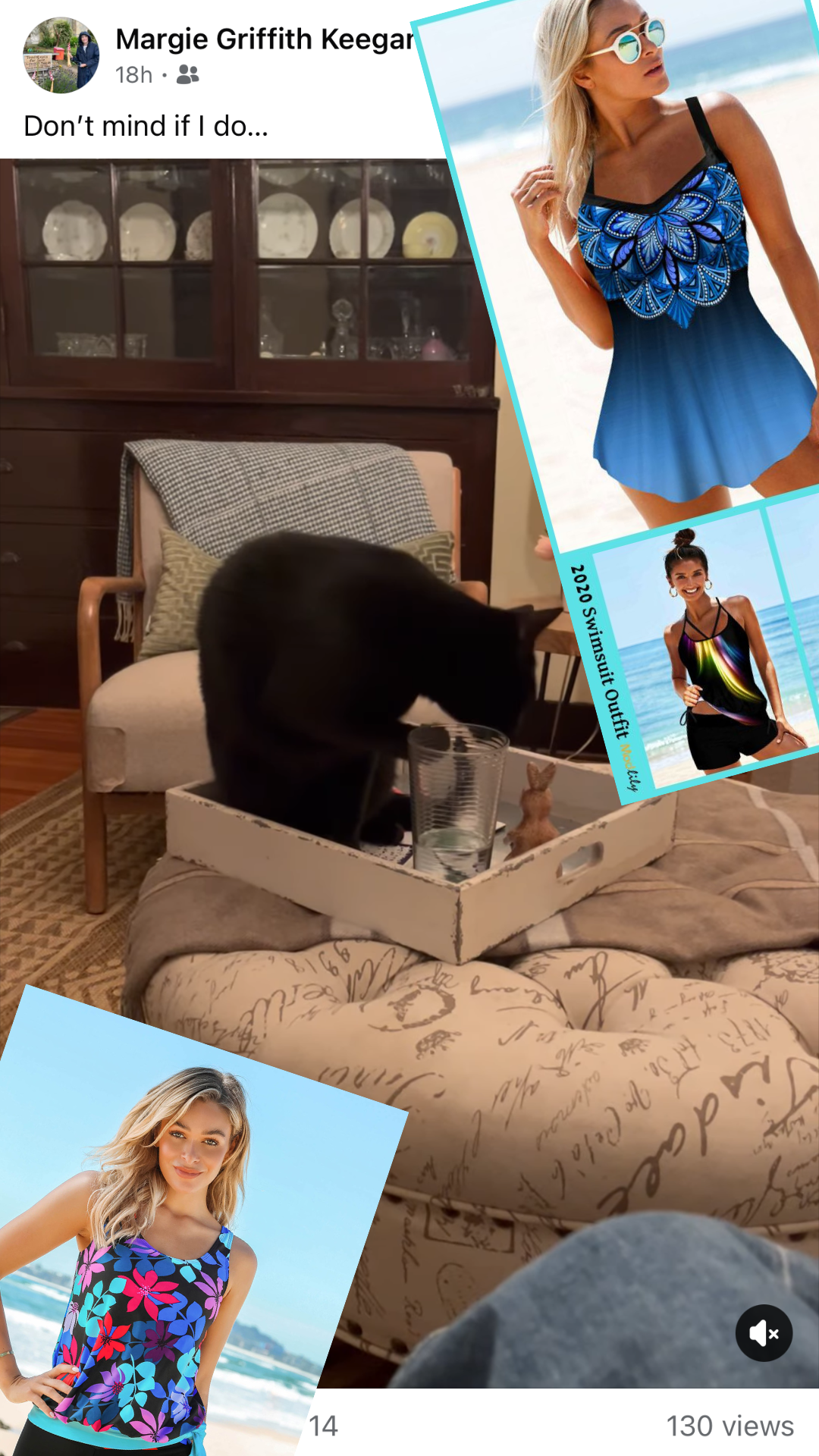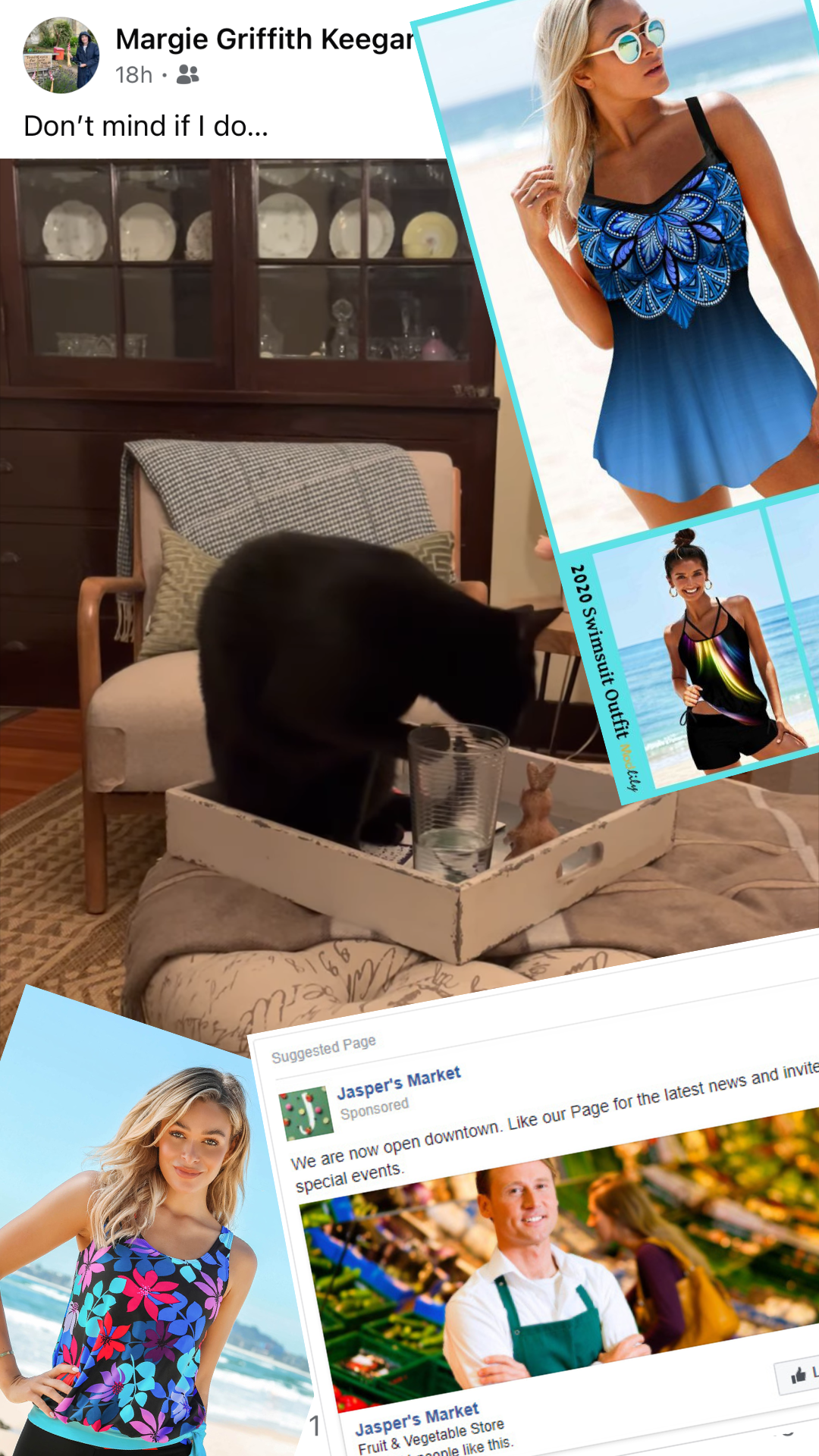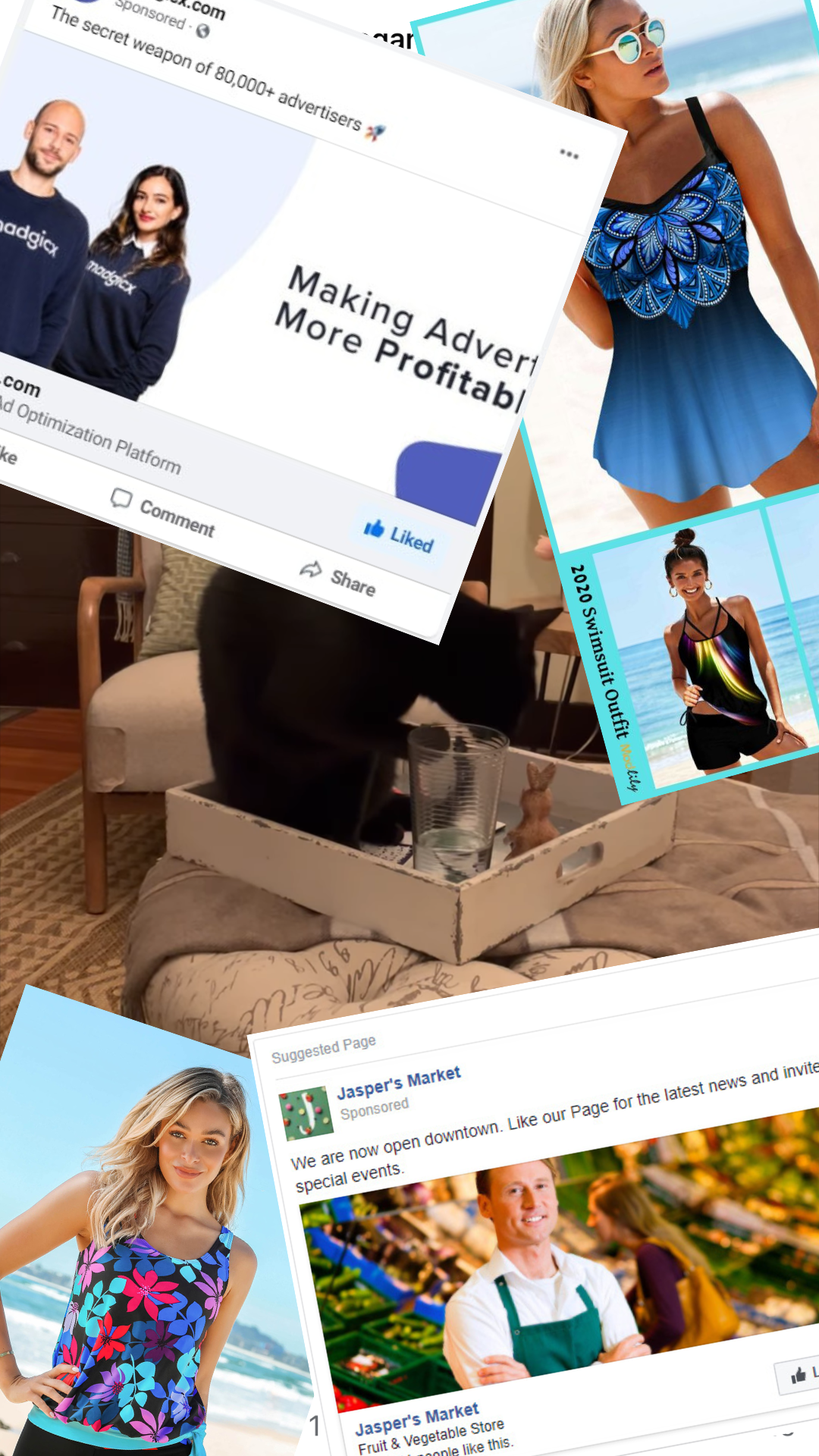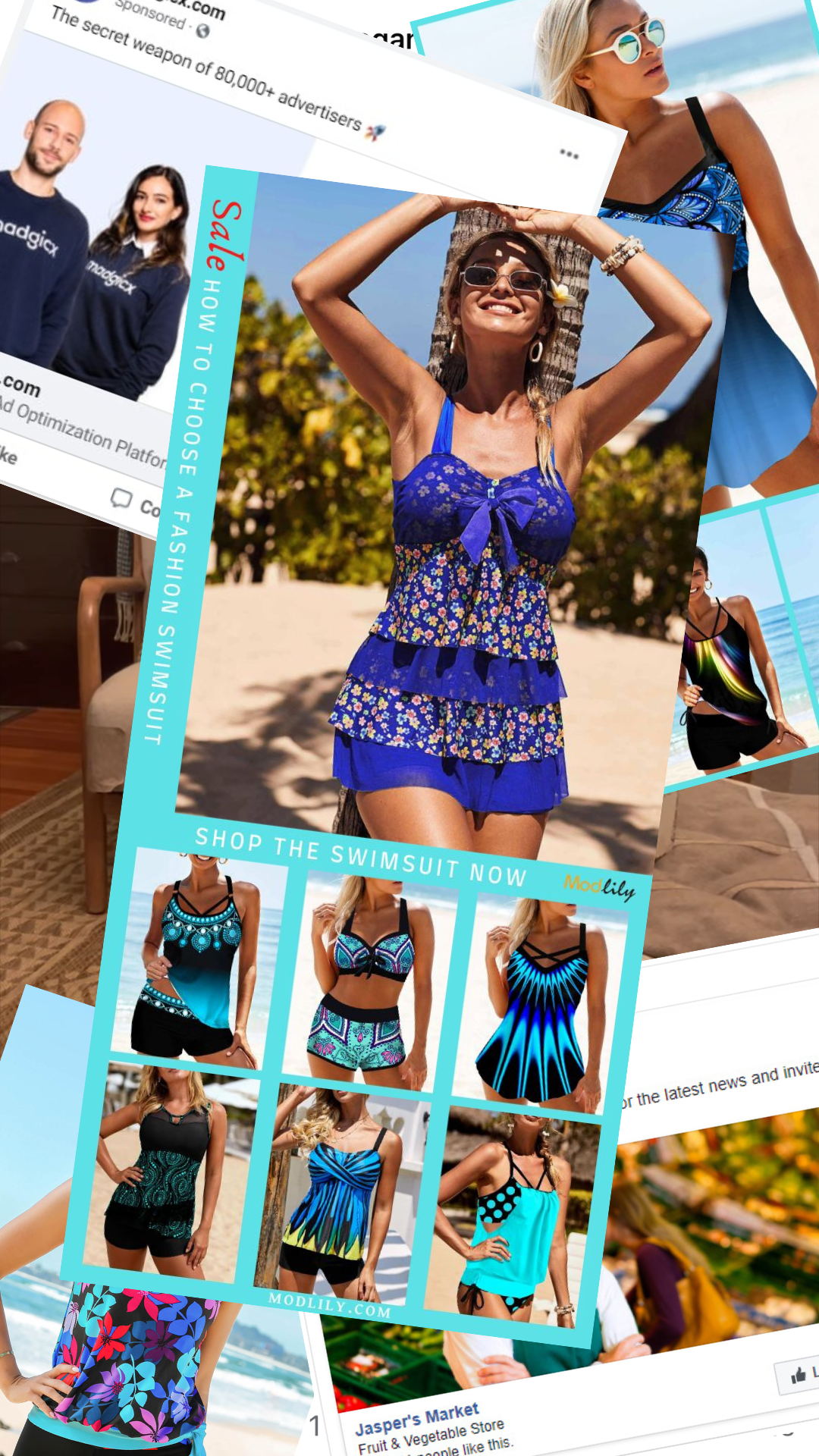How Influencer Culture Shapes What We Buy–And Why My Grandma Thinks It’s Ridiculous
I asked three generations of my family how they decide what’s worth their money–and whether influencers are actually, well, influencing them.

TTo be completely honest, I’m a big social media girl. My friends call me “chronically online.” And I’ve got no shame, but I will say: it’s not great for my wallet. Why, you ask, is this the case? Well, every other video on my TikTok for you page shows me a new product that I absolutely can’t live without. It’s perfect for me. Look how well that bodysuit fits her! I would look so good in that too. My most recent social-media-hyperfixation product is the obscenely expensive Dewy Skin Cream by Tatcha, and it only took one video of a beautiful girl applying the product to her face to convince me that I had to have it. It's $89.
I always assumed that I was the perfect target, as a Gen Z, trend following, college senior. But, I was curious: Is it just us? Or does influencer marketing affect other generations too? It might be all Gen Alpha knows, and could it maybe even permeate the technologically-averse older generations–Gen X and baby boomers too?
To find out, I turned to some of my family: My 11-year-old cousin, my mom, and my grandmother. Three generations, three perspectives, and–shocker–three wildly different ideas about whether or not social media has us all falling at the feet of the all-mighty influencer.
The $89 skin cream in question. Just look how soft and creamy it is....
Gen Alpha: The TikTok Effect without TikTok
For Gen Alpha (born 2010-2024), trendy products are social currency. Move out the way, Stanley Cup, I have it on good authority–my 11-year-old cousin Keira–that the Owala is the hottest new water bottle in town. Even without social media, Keira isn’t remotely out of the loop. The power of popular products transcends social media, taking influencing culture to the next level.
Unlike some of her peers, Keira doesn’t have a phone yet. She watches YouTube on her iPad, where she’s introduced to viral products through video compilations. “If you repeatedly see [influencers in the compilations], you probably will find what their name is,” she said. That’s how she discovered HopeScope, a Youtuber and influencer who does fashion hauls, product reviews and content giveaways–Keira would watch her videos and see whether or not the viral products were “actually worth it.”
Friends also recommended her White Fox Hoodies, and she “see[s] everybody having an Owala.” Many of the products trending among her age group are brightly colored or aesthetically pleasing–like the “Sephora 10-year-olds who destroy the Drunk Elephant Aisle and are mean and nasty to the employees,” she said, describing a stereotype mocking skincare-crazed tweens.
Rather than diving into adult skincare, Keira opts for a more tween-geared–but not any less trendy–brand: Bubble Skincare. Endorsed by popular young influencers like Kenzie Ziegler, Bubble products are intended for younger skin, and, as Keira put it, don’t have “niacinamide and stuff like that that kids don’t need and really shouldn’t be using.”
At her age, it’s not even about scrolling–it’s about being in the know with peers. Even without an Instagram account, Keira’s taste in products reflects a larger trend: 51% of Gen Alpha discover brands through Youtube. They might not have wallets yet, but they sure do have influence. According to a Razorfish report, 68% of Gen Alpha tweens own a luxury product by age 10, and 61% have a substantial say in family food choices. Another study by Digital Voices found that over 70% of Gen Alpha influence their parents’ choices for things like clothes, toys, and tech–mainly driven by early exposure to marketing via platforms like Youtube and Tiktok. Whether it be Starface pimple patches or Pink Palm Puff hoodies, their wish lists aren’t just wishful thinking–they’re actually driving their parents to make the purchase.
Gen X: From TV Ads to Instagram Reels
Now, my mom is no stranger to social media, but she pretty much sticks to Facebook, Instagram, Tiktok, and “loosely LinkedIn.” When it comes to ads, though, Instagram is the real winner. “I think Instagram ads are more effective,” she said, noting that Reels’ dynamic video format catches her attention more than Facebook’s static “you might like” suggestions.
I already knew she made purchases based on social media. Every time I come home, she’s showing me a new beauty product recommendation that she “found on TikTok.” But not just any ad will get her click; she’s picky about who to trust. “If [a video on TikTok] has that commission thing at the bottom, I don’t buy it. I don’t trust it at all,” she says of influencers who get paid to promote certain products. Instead, she trusts influencers who cater to her demographic, like Erica Taylor, who posts makeup tips for women over forty.
Her shopping process is methodical: “I usually take a screenshot, and then keep it in my photos for a while. Sometimes I’ll stick it in my Amazon cart and will research it a little bit,” she said. But she notices that once you show interest in a certain product, you can’t escape the ads for it going forward.
Despite the scrutiny and screening process, my mom admits that she can still get carried away by the influence of social media. “I got into thrifting because of TikTok, and that’s been pretty successful. Although I ended up overspending, so now I don’t do it as much,” she admits. She’s definitely aware of the fact that she can fall victim to the persuasiveness of social media advertising, and particularly with anti-aging products: “The reality is at this point, I’m not getting rid of my wrinkles, but I’m still buying into the idea that somehow one of these things is going to work,” she said with a chuckle.
Research suggests she’s far from alone. Despite growing up without the internet, 51% of Gen Xers have now made purchases directly through social media. However, I would grant her the compliment of saying she might be just a bit more hip than most of her fellow Gen Xers: research states that Facebook and Youtube are the platforms on which they’re most active. But overall, year by year older generations show a growing interest in discovering new products through social media. Many of them do the product research before purchasing, too, often using price comparison sites to do so. They do also tend to favor more traditional advertising methods than other generations, though. Companies don’t have to worry about eliminating television or magazine ads just yet–Gen X will still be just as receptive to them as they were back in their heyday.
When my mom was growing up, though, her shopping habits were shaped by a different kind of influence–television commercials, Seventeen Magazine spreads, MTV, and weekend trips to the mall. Trends moved more slowly–instead of through personalized feeds, you’d discover them via glossy ads or window displays that catch your attention. For my grandma’s generation, it was even more localized: you found out about must-have items because someone at church or school showed up wearing one. Now, with targeted ads hitting our phones at all times, the pace and extent of influence have exploded–and even though my mom grew up without the internet, she’s adapted to its constant buzz. And although Gen X might be a bit more measured than Gen Z or Gen Alpha, it’s not quite accurate to say they’re immune to the influencing era. It’s all about which strategies are successful for different groups: While my cousin wants to match with friends, my mom hopes to find a diamond in the rough.
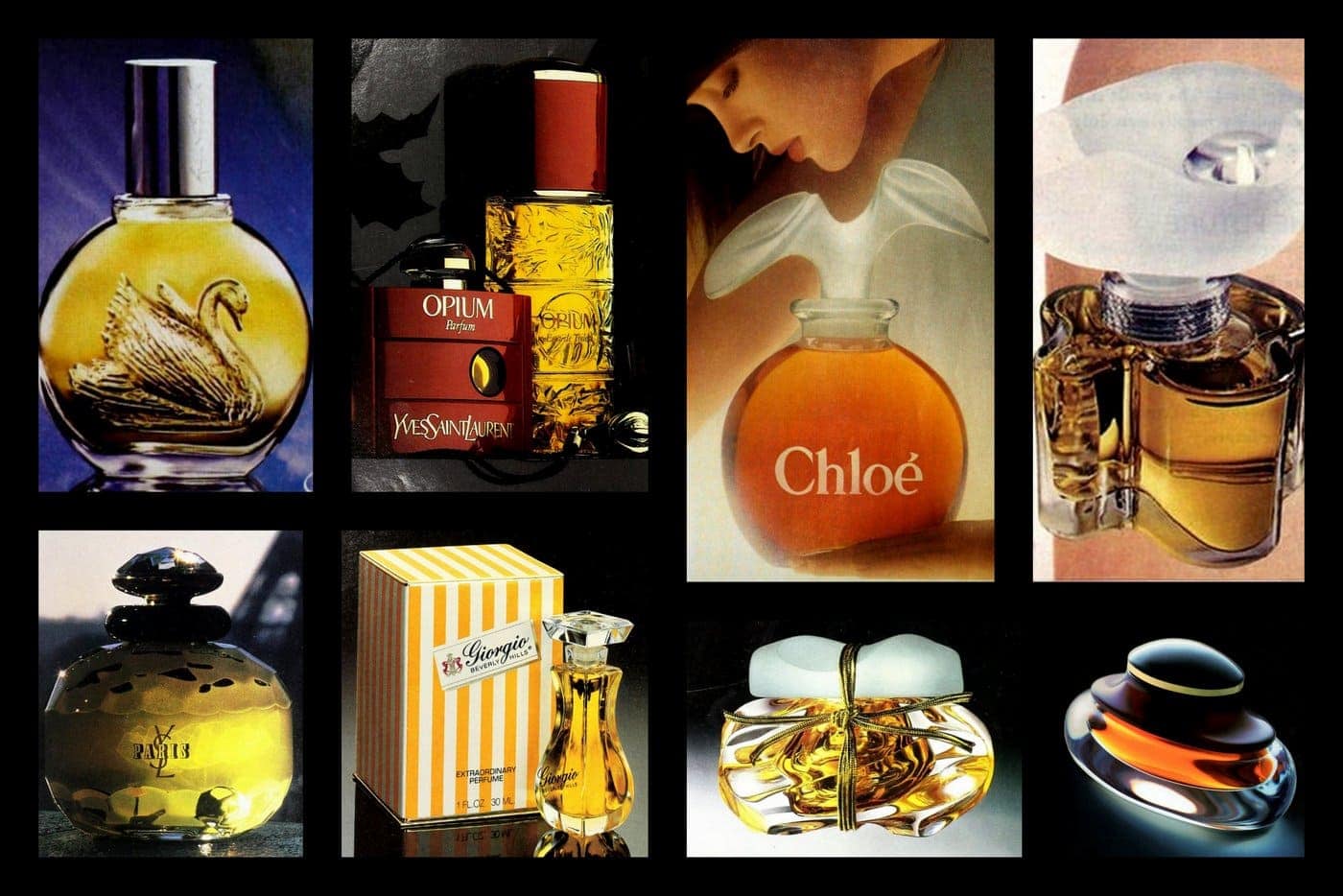



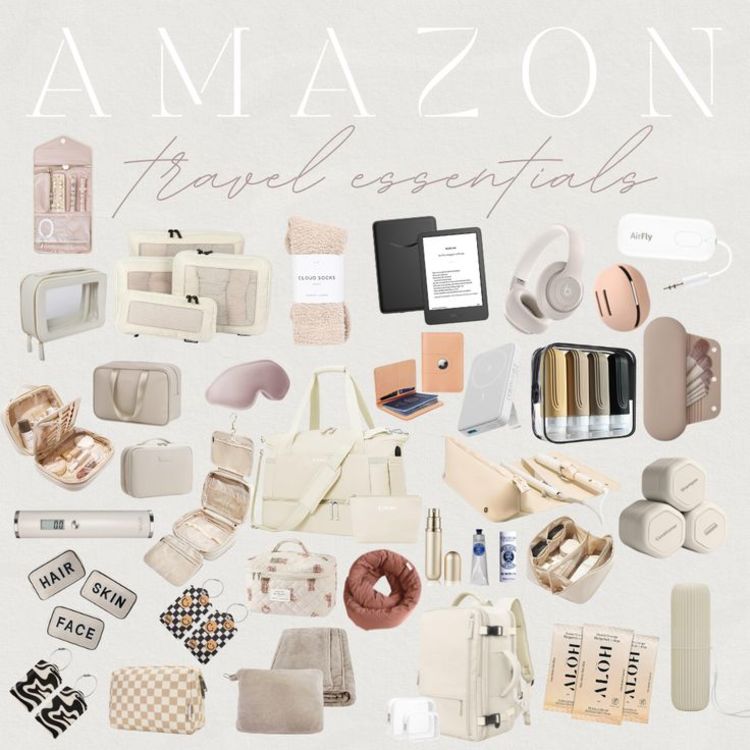
Boomers: Social Media’s Least Impressed Audience
On the flip side, speaking to my grandmother made it abundantly clear: For Boomers, social media advertising is nothing more than a privacy-invading nuisance. Social media in general falls pretty flat for her–the only platform she uses regularly is Facebook, and even then, she isn’t a fan of the ads that pop up.
“They do [advertise], and I hate it,” she told me, expressing frustration when she just can’t seem to shake the ads that follow her like a shadow even after she’s already pressed the purchase button. For example, after buying a bathing suit from Mod Lily, Facebook bombarded her with ads for more bathing suits, leaving her annoyed and disturbed by the violation of privacy. “It just pissed me off,” she added.
My grandmother’s shopping habits are mostly informed by impulse buys–while already out shopping in person–or deliberate, need-based purchases. “I’m not influenced by advertising,” she stated. Back when she was younger, trends evolved a bit differently: “it was like, Mary Lou had a poodle skirt, and then the next thing you know, everybody wanted a poodle skirt.” Since she grew up without the internet, popularization of products occurred exclusively through word of mouth and from your friends. Logistically, this method is much more time consuming–and more genuine–so it's no shock that my grandma’s not used to constantly being inundated with advertisements.
She does, however, feel confident that younger generations rely heavily on social media to influence their purchasing decisions, even though she doesn’t understand it: “I think I’m probably a little behind the times, and they understand it. They’re not shy technologically and I am, so it works for them. It doesn’t work for me.”
The popular fad products are the same, though, across the board, with clothes and cosmetics remaining on top. Though as you go down the generations, consumerism seems to take a stronger and stronger effect. Since social media makes consumerism that much more accessible, my grandmother’s advice about smart shopping becomes even more valuable: “Don’t give in to impulses, that’s the first thing. And be frugal with what you spend.”
In the end, influencer culture has woven itself into the fabric of modern consumerism–whether we like it or not. My cousin, who is pre-social media but living in a hyper-digital world, still absorbs trends through Youtube and friends in school. My mom, who is a bit more selective, still finds herself swayed by engaging and smart ads and the hope of a miracle product. And my grandma? She thinks the whole thing is ridiculous–though she acknowledges that trends, in some form, have always been a part of the way we shop.
What’s changed is the speed and reach of influence. Social media doesn’t just show us trends; it manufactures them, fast-tracking the journey from niche obsession to mass-market must-have. And in a world where every platform is designed to keep us scrolling–and, TBH, spending–it’s harder than ever to separate genuine interest from carefully crafted persuasion.
So maybe we should all take a cue from my grandma; be a little more skeptical, a little more frugal. Maybe it’s not about resisting every trend, but learning how to tell when we’re actually making the choice ourselves–and when the algorithm is choosing for us. But if an ad for a really good moisturizer is on my FYP tomorrow? Well, I can’t make any promises.




